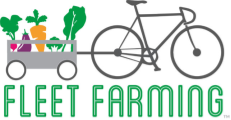If 2019 was the year the world woke up to climate change, then 2020 is the year we all should get more acquainted with our waste. Americans are a blithely wasteful lot, producing more than four pounds of trash per person each day. That shakes out to about 267 million tons annually. And 40% of that comes from the food we don’t consume.
Not surprisingly, food is the single largest category of material sent to landfills, outpacing plastics and paper. Worse, the anaerobic environment of a landfill causes decomposing food to emit methane gas, a potent fossil fuel that traps 80 times more heat in the atmosphere than CO2 over a 20-year period. While some utilities claim to capture methane released from landfills, converting it into electricity, most of the emissions already happen before this process begins, exacerbating the air pollution contributing to an ever-warming planet. In fact, numerous studies over the past 10 years show that natural gas (aka methane) outstrips coal as the highest produced fossil fuel worldwide. Still want to toss those banana peels?
Fortunately, there’s a simple solution, one that demands we take a different perspective on the food we waste—composting. This easy, DIY method turns discarded food scraps into nutrient-rich food for plants and gardens, and is one of the best ways you can both mitigate global warming and give back to the Earth. Believe it or not, composting, when done properly, is odorless and does not attract unwanted guests (read: rodents and flies). Here, Charlie Pioli, founder of O-Town Compost, an Orlando-based food waste pickup and composting service, offers four different composting methods to set you on the right path to a less wasteful lifestyle. Whether you’re a composting novice, someone who wants to cut back on food waste without the fuss of maintaining a composting bin, or a sustainability guru looking for extra pointers, this list has you covered.
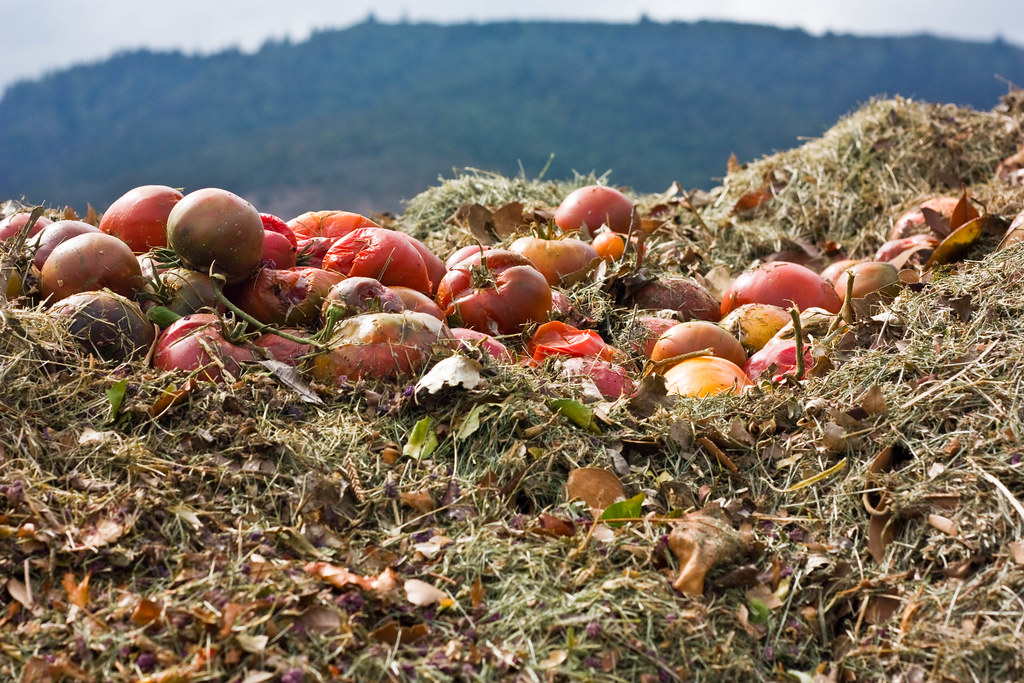
1. Composting pile
This is the most traditional form of diverting food waste, what most people think of when they hear composting. Requiring nothing more than nature’s raw materials, composting piles are fairly low maintenance, odorless (despite myths) and more beneficial to the environment than recycling—waste put to direct use rather than sent to a landfill or material recovery facility. However, before you start throwing dried leaves and banana peels in your yard, there are a few things to know. Here’s the rundown.
Hit the right mix of greens and browns
It’s important to keep a healthy ratio of carbon and nitrogen in your compost pile. Carbon aids decomposition by feeding the organisms that break down food scraps, while nitrogen assists in the production of chlorophyll and amino acids, two cellular compounds essential for plant growth. Carbon is what composting experts call your “browns,” which includes shredded paper and cardboard, dried leaves and grass, corn stalks and straw. Nitrogen, or “greens” as it’s known in composting argot, is your kitchen scraps: fruits and vegetables, potato peelings, coffee grounds, and unwanted leftovers, excluding meats and grains (more on that later). The recommended ratio of carbon to nitrogen is typically 3:1, three parts carbon (browns) to one part nitrogen (greens). But this isn’t a hard-and-fast rule. Add greens and browns accordingly until you have a balance of moist and dry materials. Too little moisture will cause your compost not to decompose; too much, and you may find your home reeking of garbage.
Let your compost breathe
Just as all living creatures need oxygen to survive, the microorganisms in your compost need oxygen to turn food and yard waste into rich, fertile soil. Not only does aeration (i.e., oxygen) allow for speedier decomposition, but it eliminates offensive odors caused by the release of hydrogen sulfide, which smells like rotten eggs. More important, introducing oxygen into your compost heap prevents it from emitting methane, a toxic greenhouse gas responsible, in part, for today’s climate crisis. “People say compost emits greenhouse gases as well, and that’s true,” Pioli explains, “but it releases carbon dioxide [a less heat-trapping fossil fuel than methane], and that’s only during the initial stage of decomposition.” He adds: “The finished product actually sequesters CO2,” helping the environment amend air quality and offset pollution.
Prevent toxic methane emissions by making sure your bin has a few holes and by stirring your compost regularly.
Buy a thermometer
Maintaining proper temperatures of your compost has many benefits, including breaking down raw materials faster and warding off pests. Having a thermometer on hand will ensure your pile stays above the range of 130 to 160 degrees Fahrenheit—“the pathogen-killing zone,” as Pioli calls it. But make sure temperatures do not exceed 160 degrees, which could compromise microbe diversity. When this happens, bacteria become “too voracious,” Pioli says.
Along with keeping appropriate heat temperatures, cover your compost pile, especially if it resides in your yard, with a six-inch layer of carbon (the “browns” or dry waste). Rodents and pests are attracted to the nitrogen portion of compost, so creating a carbon barrier will deter their interest.
Avoid these items
When it comes to composting, not all materials are created equal. While some zero wasters may have an everything-but-the-kitchen-sink compost pile, it’s best to stick to standard practices of knowing what you can and can’t compost. Here are a few contaminating items best consigned to the trash or recycling bin: plastics, animal poop (which contains harmful pathogens), meat and dairy products (an invitation to pests), cooking oil, diseased or pesticide-infused plants, heavily coated paper and foils, rice (a breeding ground for bacteria and varmints), and personal products such as soiled diapers and tampons (do you really want these broken down into the food you eat?).

2. Bokashi composting
Bokashi composting uses anaerobic bacteria (those able to thrive in low oxygen environments) and inoculated bran to ferment food waste. Popular among busy professionals who don’t have time to sort kitchen scraps, this Japanese method accommodates foods typically banned from composting piles, such as meat, dairy and grains.
Begin by placing food scraps into a bucket with a tight seal. Most Bokashi buckets are small and portable, making them a practical composting system for urban dwellers. Once your refuse is in the bucket, pour about a handful of bran on top and close the lid. When the bucket is full, set it aside for another 10 to 14 days, draining the leachate every other day. (SCD Probiotics’ Bokashi bucket comes with a spigot made for this purpose.) You’ll eventually end up with what some experts call “pre-compost.” The product at this stage can be very acidic, so you’ll want to cure it by burying it underneath soil, away from plant roots. After another two weeks, this phase should be complete, allowing you to plant above the plot or transfer the finished compost elsewhere.
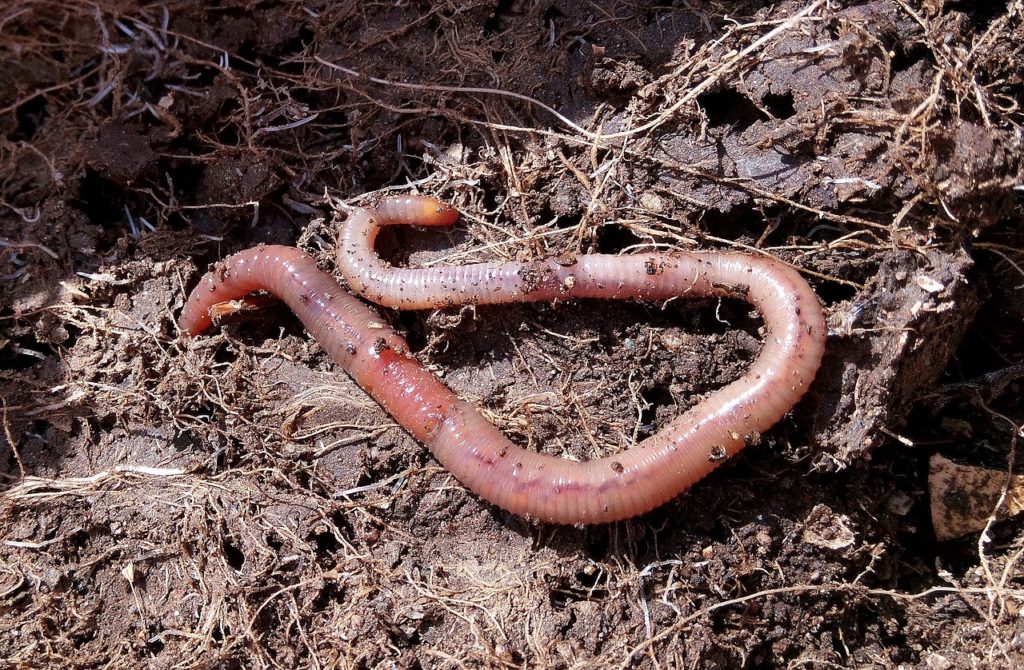
3. Vermiculture (aka worm bin)
Worms can be your best friend when it comes to composting. Regular composting takes months, whereas with vermiculture, worms do the heavy lifting, devouring waste and producing, ahem, poop that serves as a wonderful fertilizer for your garden. To start, find a small bucket or container with a couple of holes (worm bins need oxygen too), fill it up with bedding (shredded paper or peat moss), wet it down, add your food scraps on top, along with a few hungry red wrigglers, and close the lid. Pioli says to keep an eye on it, but no need to turn or stir materials. The worms take care of the dirty work for you.
After three months, move the compost to one side and add new bedding. The worms will migrate to the fresh pile of grub. The final product will have an earthy, sweet smell, a delicate substance often referred to as “black gold” or “humus.” An additional tip: Be kind to your worms; they’re nocturnal creatures, so keep them away from light.
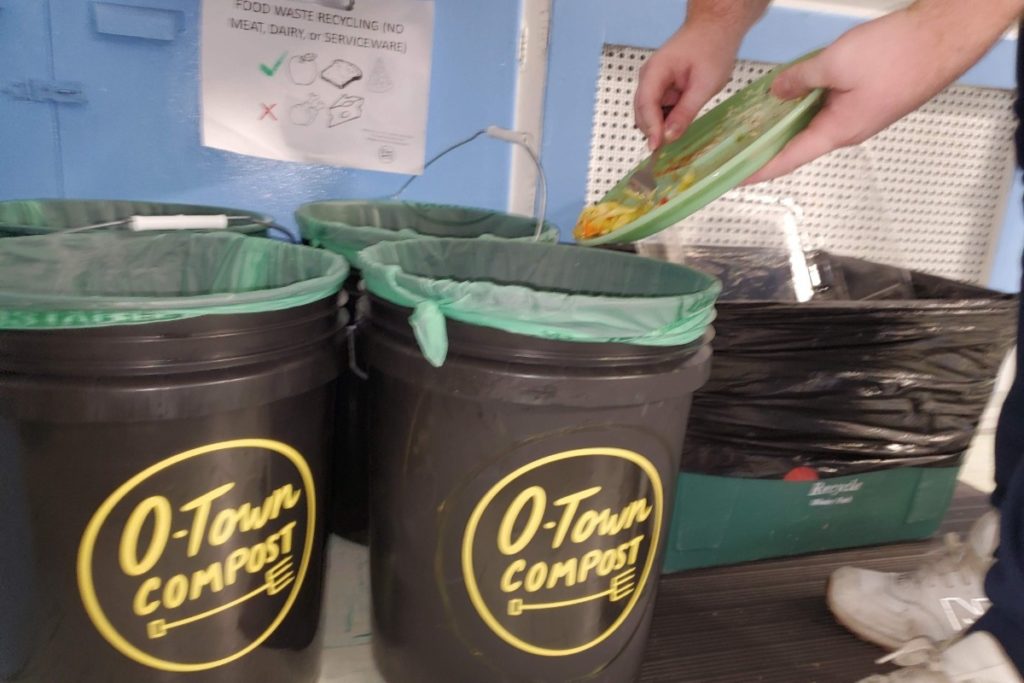
4. Food waste pickup
Let’s face it, some of us are too busy to add another regimen to our daily to-do list. While convenient and simple, composting isn’t for everyone. But society has seemingly come to a reckoning that small, individual changes render large-scale results in the battle against global warming. Even if composting makes you squeamish, or if you’ve tried it and were unsuccessful, diverting food waste is a necessary practice in which we all must participate, as best we can, to build a sustainable ecological system for the future.
To help Orlando achieve its goal of diverting two million tons of food waste by 2040, O-Town Compost is making residential and commercial composting easier than ever. Subscribers receive a sealable, secure bucket where they can toss food scraps and other compostable items (see here for the full list) throughout the week. The service will then pick up the waste at a scheduled time (it varies depending on the subscription), replacing the old bucket with a new one. Every six months, customers have the option to either receive a 10-pound bag of compost—what the company calls “O-Town’s black gold”—or donate it to local food projects such as Fleet Farming, an agricultural nonprofit that has turned dozens of underutilized lawns and lots into microfarms.
Communities working together toward a zero waste lifestyle, helping divert food waste to supply nutrients back to the Earth’s soil—it doesn’t get more sustainable than that!
If you don’t live locally, research your city’s composting options. Several U.S. cities, such as Boston and Dallas, offer a similar type of service as O-Town Compost.
For more information on O-Town Compost or to subscribe, please visit https://o-towncompost.com/.
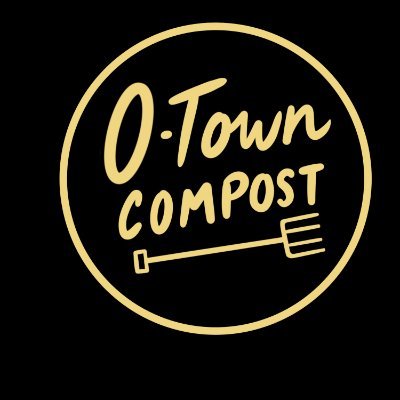
Sources:
https://www.usda.gov/foodwaste/faqs
https://www.orlando.gov/Initiatives/2018-Community-Action-Plan
